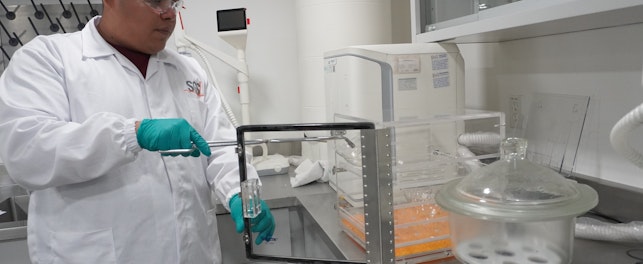Many products bought online fail to conform to EU safety requirements.1 We look at a recent study into online toy sales by the Toys Industry of Europe (TIE) and consider what can be done about non-compliant toys available online.
TIE Report
Market surveillance conducted by TIE has found that 97% of toys did not conform to EU rules. Perhaps even more worryingly, of the 134 products sent for further examination, 76.8% failed their safety tests.2
These figures were published in a report of June 2020 entitled “EU Toy Safety report: The problem of unreputable sellers on online marketplaces”.3 They resemble the results of a similar survey conducted by the British Toy & Hobby Association in 2019, which found that 58% of toys purchased online did not comply with EU rules and 22% had serious safety issues.4
According to the TIE report, the six most common reasons the toys failed were:
- Small parts release – toys for children under 36 months must have component parts of sufficient dimensions or be sufficiently attached to a toy to prevent swallowing, inhalation and choking
- Packaging thickness – flexible plastic packaging materials must be of sufficient thickness to prevent possible suffocation (packaging covering nose and mouth)
- Unsuitable shape and size for babies – toys aimed at children under 36 months should be shaped and sized in a way that avoids the risk of impaction (pressing the back of the throat) for children too young to sit unaided (under ten months)
- Excessive levels of phthalates – phthalates are strictly regulated in the EU due to their potential endocrine disruptor properties
- Access to stuffing material – children should not have access to the stuffing material in soft toys as it may pose a choking risk
- Sharp points – toys and their components should not have sharp edges or points that can puncture a child’s skin
Other safety issues included boron migration (for slime), small ball release, long cords and short circuits (for electric toys).
In total, the report found 547 cases of non-compliance with EU rules. These included:
- Lack of traceability – no name or address
- No CE marking
- Inappropriate or no warning for children under three
- Inappropriate or no 0-3 warning symbol
- Packaging not in an EU language5
The report also states that, despite being contacted about the unsafe and non-compliant products, the online stores did not all remove the products quickly. They also noted that, even when the products were removed, very similar items could still be bought from those sites. These included products that were seemingly identical to products on the EU’s unsafe product alert database for non-foods (RAPEX).
Responsibility
On June 20, 2019, the EU adopted Regulation 2019/1020 on market surveillance and compliance of products.6 This stipulates that all sellers to EU markets must identify an economic operator within the EU, either an EU-based manufacturer, importer, authorized representative, or distributor. To ensure non-EU ‘distance sellers’ were also covered, a fifth category of economic operator was introduced – the ‘order fulfilment service provider’. The intention was that this category would make ‘distance sellers’ responsible without altering the status of online marketplaces.
TIE disagrees with this approach and believes that true parity with EU shops and websites can only be achieved by making online marketplaces responsible for the products they sell. They want online stores to be classified as importers or distributors of toys, with similar responsibilities. This could be achieved by revising the Blue Guide on EU Product Rules and Guidelines for Article 4 of Regulation (EU) 2019/1020. In addition, they would also like to see further clarification through the Digital Services Act and the General Product Safety Directive.
TIE believes online marketplaces should be required under law to:
- Prevent dangerous toys being offered for sale on their platforms
- React effectively when unsafe toys are identified
- Operate a ‘notice, take-down & stay-down’ policy
- Cooperate with and inform market surveillance authorities
- Screen toy sellers and collect verified contact information (traceability)
SGS Solutions
We offer a range of services to help manufacturers and suppliers of toys conform to the EU Toy Safety Directive. Utilizing our global network of laboratories, include three EU Notified Bodies, we can assist with training, safety/risk assessments, technical documentation checks, labeling reviews, SVHC screening, inspections and audits, and testing according to harmonized standards.
In addition, we offer a comprehensive range of solutions for online retailers, manufacturers and suppliers to help them remain compliant with EU regulations.
Learn more about SGS EU Toy Safety Directive Services and SGS e-Commerce Product Compliance.
Sanda Stefanovic
Toy Business Development and Technical Manager
SGS Netherlands
t: +31 (0)88 214 45 17
References
1 Many products on non-EU online stores unsafe: Consumers Assoc.
2 Toy Industry calls for EU rules to enforce online marketplaces
3 The problem of unreputable sellers on online marketplaces
4 The responsible toy industry calls for changes in the law to stop the sale of unsafe toys in the UK
5 Toy Industries of Europe
6 Directive 2004/42/EC and Regulations (EC) No 765/2008 and (EU) No 305/2011



